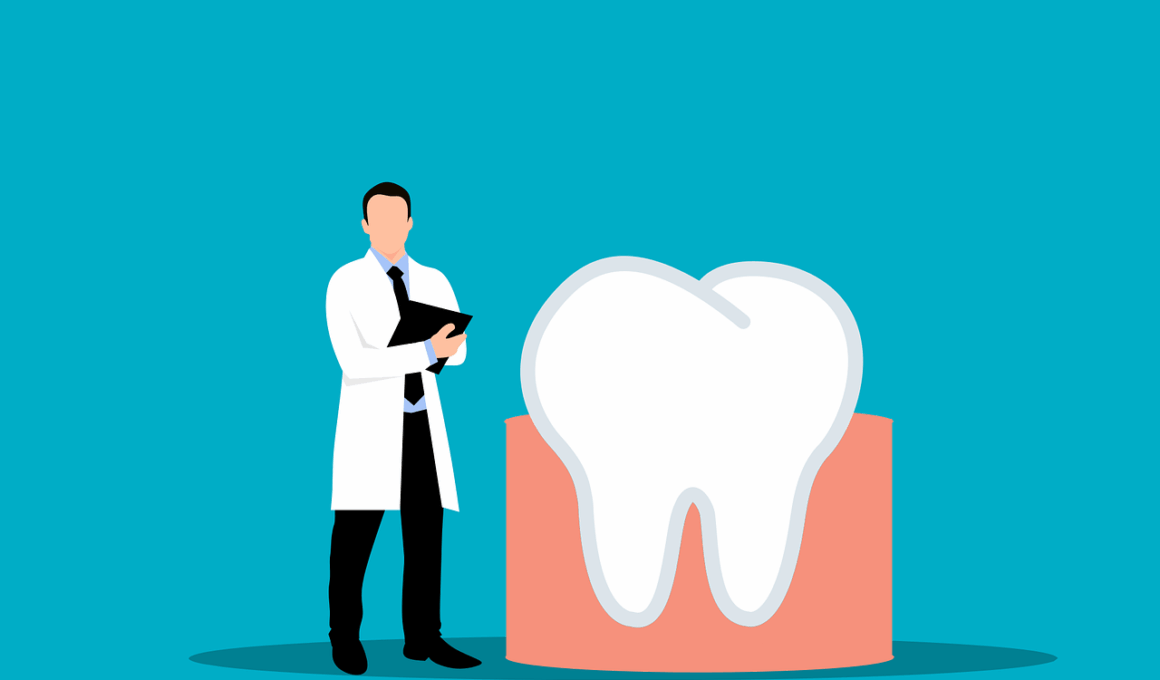Recognizing Tooth Resorption Lesions in Cats’ Teeth
Tooth resorption is a prevalent dental issue among cats, often leading to significant discomfort and pain. It occurs when the body begins to break down and absorb the tooth structure, ultimately affecting both the tooth’s root and crown. This condition can cause various symptoms that owners should be aware of, enabling early intervention and treatment. Regular dental check-ups can help catch tooth resorption early before clinical symptoms become apparent. One common sign of this issue is changes in eating behavior, where the cat may show reluctance to chew or exhibit preference for softer food. Additionally, frequent pawing at the mouth or excessive drooling can indicate oral discomfort. Owners should also watch for bad breath, which is often a sign of dental issues or infections. Monitoring these signs will help ensure prompt veterinary attention. Noticing any of these warning signs should prompt immediate consultation with a veterinarian. Early diagnosis can alleviate pain, prevent further dental complications, and improve the overall quality of life for your pet. Understanding these signs and acting on them swiftly can make a tremendous difference in your cat’s dental health.
As a responsible cat owner, recognizing the signs of tooth resorption is vital. This condition often manifests in stages, making it essential to observe any changes in your cat’s dental health regularly. The early indication may be mild sensitivity that can go unnoticed. Moreover, your cat may start to exhibit behavioral changes that can be linked to discomfort. For instance, they may shy away from usual activities like playing with toys that require chewing. Another clear sign is the presence of visible lesions on the teeth. These lesions typically appear as small holes or irregularities in the enamel, which can easily be spotted by a veterinarian during a dental examination. Many cats will also have red or swollen gums, which can indicate inflammation due to tooth resorption. If you notice any changes to the skin surrounding your cat’s mouth or unusual foul odors coming from it, these are significant signs of dental issues. Furthermore, your cat may have visible tartar buildup. Regularly brushing your cat’s teeth and providing dental treats can aid in maintaining optimal oral hygiene and slowing down the progression of this condition.
The Importance of Prompt Diagnosis
Prompt diagnosis of tooth resorption in cats is crucial as it allows for timely treatment and reduces the chances of complications. A veterinary professional can effectively assess the severity of the condition through a detailed oral examination and X-rays. These diagnostic steps will reveal the extent of resorption and help determine the best course of action. Diagnostic imaging helps visualize the root structure of the teeth, allowing veterinarians to see any hidden problems that may not be visible during an external examination. Depending on the severity and extent of tooth resorption, treatments may include extraction of the affected tooth, which often alleviates pain and discomfort. In some cases, dental crowns or fillings may be applied to restore the structural integrity of the remaining teeth. The timely diagnosis also plays a role in preventing further complications, such as infection or deeper tissue damage. Therefore, regular dental check-ups with a veterinarian are essential for the ongoing health of your cat’s teeth. Ensuring your cat receives necessary dental care at the right time will ultimately lead to a happier and healthier feline companion.
Understanding tooth resorption in cats can significantly impact pet owners’ approach to their feline friends’ dental care. If left untreated, tooth resorption may lead to severe consequences, including chronic pain, difficulty in eating, and infections that can affect overall health. Besides dental issues, dental pain can significantly affect a cat’s behavior, impacting their quality of life. Cats might become more withdrawn or aggressive due to discomfort, which could lead to misunderstandings with their owners. To mitigate these risks, early intervention after noticing any troubling signs is crucial. Additionally, preventative care should be implemented regularly. Providing dental treats designed to remove plaque and engaging in gentle teeth brushing can contribute to good dental health. Another effective method is to schedule professional dental cleanings at your vet’s office, which can decrease the likelihood of resorption and other dental complications. Regular monitoring and proactive dental care can make a considerable difference in your cat’s overall dental health. Investing time and effort into your cat’s dental wellness will ensure they remain pain-free and live a longer, happier life.
Preventive Measures for Dental Health
Preventive measures play a significant role in maintaining dental health and minimizing the likelihood of tooth resorption. Offering your cat a balanced diet, featuring quality ingredients and appropriate nutrients, will help strengthen their teeth and gums. It’s also essential to provide dental-specific food or treats designed to reduce tartar and promote oral health. Regular dental care routines, such as brushing your cat’s teeth, can greatly benefit their dental hygiene. Owners should select a suitable cat toothpaste and start introducing the brushing process gently, ensuring comfort for the cat. Gem and enzymatic dental gels can also assist in maintaining a healthy oral environment. Regular professional dental check-ups are vital for catching early signs of tooth resorption; veterinarians recommend them at least once yearly. During these visits, your vet will perform a thorough examination and cleaning if necessary. Moreover, be attentive to any changes in behavior or habits related to your cat’s oral health. Immediate attention to these changes can help in identifying potential issues before they escalate. With a proactive approach and the right care, you can significantly enhance your cat’s dental well-being.
It is essential to view tooth resorption not just as a dental concern, but as a broader aspect of your cat’s overall wellbeing. The veterinary community increasingly recognizes the link between oral health and systemic health; issues like tooth resorption can lead to more serious overall health problems. Conditions stemming from poor dental health can significantly impact other bodily systems, leading to complications like kidney disease or heart conditions. Consequently, monitoring your cat’s dental health becomes increasingly important as part of your overall wellness strategy. Paying attention to symptoms such as reduced playfulness, appetite changes, and noticeable oral pain can lead to better health outcomes. Next, taking careful actions based on observed signs enhances your cat’s health. Collaborate closely with your veterinarian to establish a suitable dental care plan tailored to your cat’s unique needs. This partnership will give your cat the best opportunity to live a healthy, pain-free life. In summary, awareness, prevention, and timely professional intervention create a foundation for optimal dental care. A proactive approach to your cat’s dental health is invaluable to their long-term happiness.
Conclusion
Tooth resorption is a major dental concern among cats that can lead to significant health issues if left untreated. Understanding the symptoms and seeking timely veterinary care is essential for preserving your cat’s dental health. Be attentive to the signs of tooth resorption, including visible lesions, gum inflammation, and behavioral changes. Maintaining regular check-ups and implementing preventive measures will significantly enhance your cat’s quality of life. Use safe dental treats and partake in good oral hygiene, including brushing their teeth, to keep your cat happy and healthy. Collaborate with your veterinarian to create a tailored dental care plan that addresses your cat’s needs. Stay vigilant and committed to your cat’s dental wellness to prevent serious complications from arising. Your awareness and dedication are critical in helping your cat avoid the pain associated with tooth resorption. A healthier mouth contributes to a happier cat, fostering a stronger bond between you and your pet. Prioritizing dental care will improve not only dental health but also overall well-being. Ultimately, a comprehensive approach to dental care will lead to a longer, healthier life for your beloved feline companion.
Taking care of your cat’s dental well-being is just as important as any other aspect of their health. Tooth resorption poses not only a concern for the teeth but can also impact your entire cat’s overall livelihood. By being observant and proactive, you can ensure that your cat enjoys better dental health. Regular veterinary visits are crucial; they not only aid in the detection of potential dental issues but also promote preventative care. Educating yourself on tooth resorption and recognizing its symptoms will empower you as a cat owner to seek help promptly. By avoiding negligence and prioritizing dental health, you will help your cat lead a more joyful life. Furthermore, it’s worth noting that a healthy mouth contributes to a happy and active cat. Establishing a routine that incorporates not only feeding and play but also dental hygiene is essential. Finally, never underestimate the importance of your cat’s dental care. A proactive approach ensures both comfort and health for your feline friend. Remember, your efforts in observing, caring and giving attention to dental health can bring substantial improvements in your cat’s quality of life.


